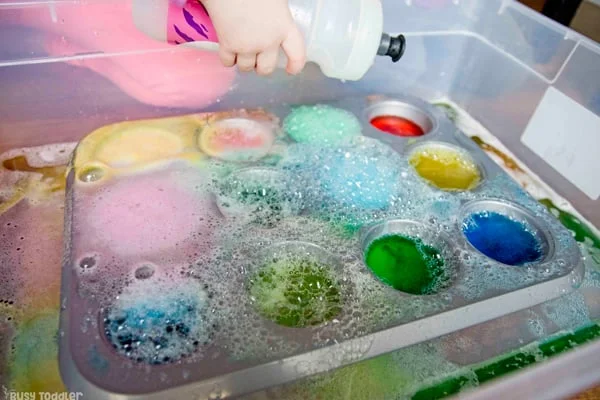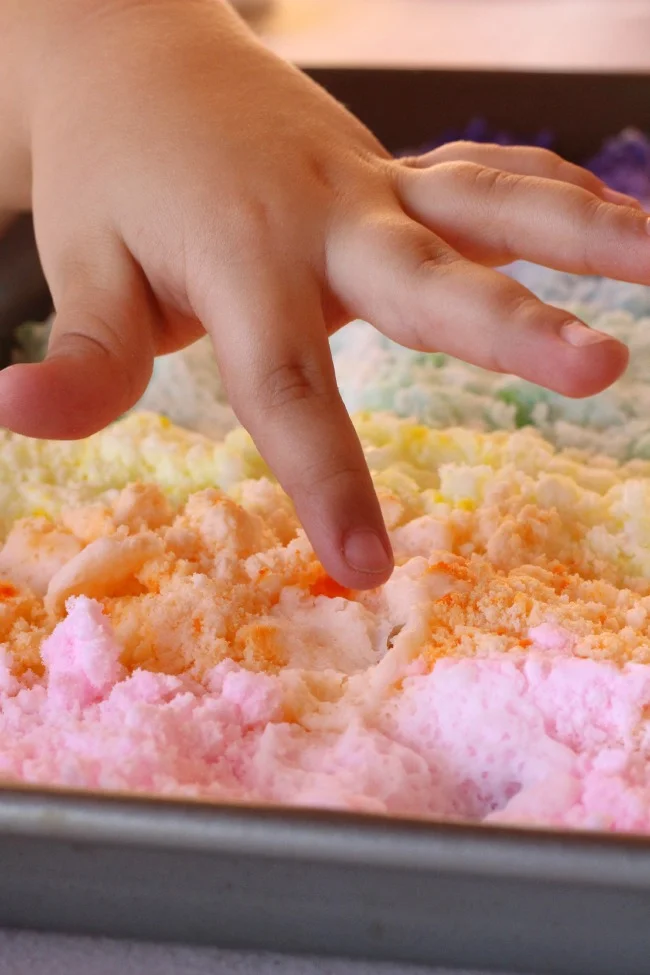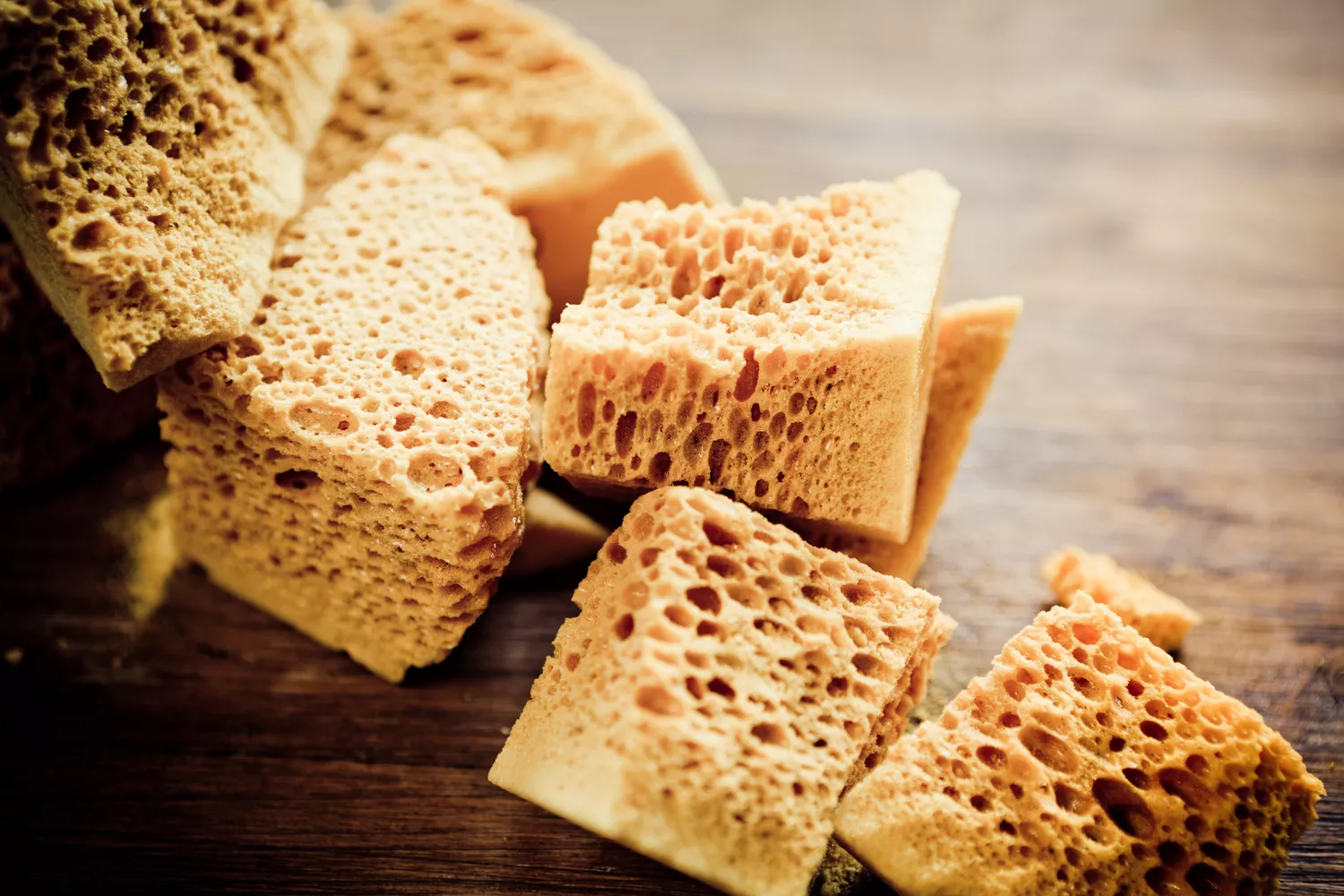Are you looking for a fun and educational activity to do with your kids or students? Look no further than baking soda experiments!
Baking soda is a versatile substance that can be used for a variety of scientific experiments. Its ability to react, dissolve, and transform provides a rich ground for understanding fundamental chemical concepts.
From witnessing a homemade volcano erupt to observing the intriguing process of crystallization, baking soda makes science both accessible and exciting.
These hands-on experiments are perfect for both kids and adults and will provide hours of entertainment and learning. So, grab your baking soda, and let’s get started.
Baking Soda Science Experiments with Vinegar
Baking soda and vinegar are two common household items that can be combined in a variety of experiments to create exciting reactions.
1. Baking Soda Volcano
The baking soda volcano experiment is a popular scientific experiment that has long been the pick of kids as well as adults.
This experiment resembles a volcanic eruption while explaining the chemical reaction that takes place when vinegar and baking soda are mixed.
2. Baking Soda and Vinegar-Balloon Experiment
This experiment is perfect for kids of all ages, from preschoolers to middle schoolers, and can be easily modified to suit different age groups and learning levels.
So, if you’re looking for a fun and educational activity that will spark your child’s curiosity in science, give the baking soda and vinegar balloon experiment a try!
3. Lava Lamp
The Lava Lamp Experiment is a fun and engaging activity that allows students to learn about the science of density and buoyancy while also creating a groovy decoration for their room.
This activity encourages creativity, critical thinking, and scientific exploration in a fun and accessible way.
4. Baking Soda and Vinegar Car
An exclusive experiment that blends science, engineering, and imagination is the Baking Soda and Vinegar Steam Car Experiment.
Students can create their own small steam car using common household items that is powered by the chemical reaction between vinegar and baking soda.
5. Bright as a New Penny
Through this experiment, students will learn about the chemical reactions that occur between the copper in the penny and the substances in the solution, and how these reactions can cause the penny to change color.
6. The Exploding Lunch Bag
Through this experiment, students will learn about the principles of gas production, pressure, and chemical reactions, while also having fun and engaging in hands-on learning.
7. Hidden Colors

In this experiment, students will create a solution using baking soda, water, and food coloring, then use vinegar to reveal the hidden colors in the solution.
Learn more: Hidden Colors
8. Rainbow Eruption

Through this experiment, students will learn about the principles of chemical reactions, gas production, and acid-base interactions.
Rainbow Eruption is a simple and exciting experiment that can be enjoyed by students of all ages and can help them develop a love for science and learning.
Learn more: Rainbow Eruption
9. Baking Soda and Vinegar Fireworks
While Baking Soda and Vinegar Fireworks may not create an actual fireworks display, it is still a fascinating and exciting experiment that can help students understand the science behind chemical reactions.
10. Baking Soda & Vinegar Rocket
In this experiment, students will create a simple rocket using a plastic bottle, baking soda, vinegar, and some optional materials such as fins or decorations.
11. Make Fizzy Surprise Dinosaur Eggs
In this experiment, students will create “dinosaur eggs” using baking soda, food coloring, and water, and then hide a small toy or object inside.
They will then cover the eggs with vinegar, causing a chemical reaction that produces carbon dioxide gas and causes the eggs to fizz and dissolve, revealing the hidden object inside.
12. Fizzy Painting
This activity can be easily adapted to challenge students of different ages and skill levels, from experimenting with different colors and textures to exploring the effects of adding different amounts of baking soda or vinegar.
More Baking Soda Experiments
13. Colorful Lemon Experiment
By mixing lemon juice and baking soda together, students can observe a bubbling reaction that produces carbon colorful-lemony solution.
14. Honeycomb Chemistry Candy

In this experiment, students will create their honeycomb candy using sugar, honey, and baking soda.
Learn More: Honeycomb Chemistry Candy Recipe
15. Crystal Growing Experiment
The crystal growing experiment using baking soda is an engaging and educational activity that allows students to learn about the science of crystal formation.
16. Super Glue and Baking Soda
Important scientific concepts, such chemical reactions and the characteristics of various materials, can be taught through the use of these experiments.
The baking soda and super glue experiments can be interesting and educational and might even be useful in real life.

